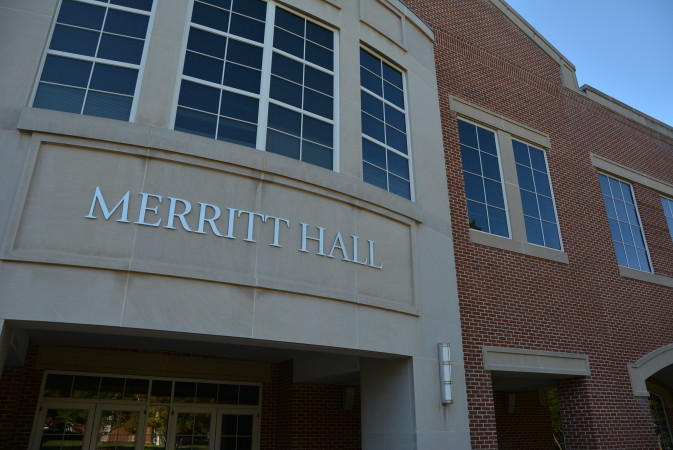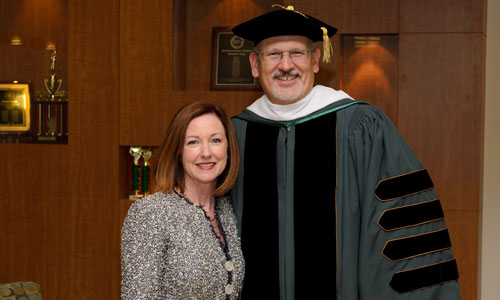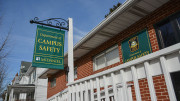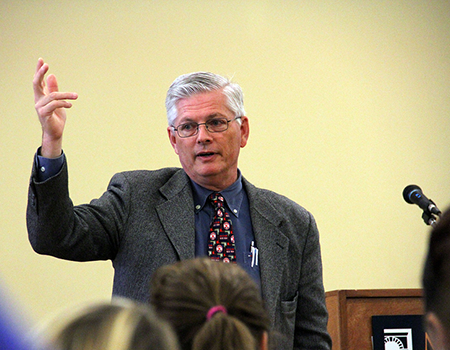McDaniel adjuncts have been considering forming a union for years but are currently closer to the voting process needed for unionization than ever before.
Nationwide more than 50 percent of all faculty members are part-time employees, otherwise known as adjunct professors. On McDaniel’s campus, including graduate lecturers, there are almost 500 adjuncts currently listed as working at the college.
However, well-qualified adjunct professors have found their working conditions to be severely lacking. Conditions such as being underpaid, $20,000 – $25,000 annually an NPR report found, and working without the benefits or job security of full-time faculty have led to the development of several adjunct unions throughout the country.
Dr. Pamela Zappardino, an adjunct professor who has been in the Graduate and Professional Studies department for 15 years, explained that McDaniel adjuncts are “discussing and prioritizing more specific issues and concerns that we wish to address as a union.”
The formation of the union has been driven entirely by adjuncts. Advancements from nearby colleges, namely Maryland Institute College of Art which, in 2014, became the first four-year college in Maryland to establish an adjunct union, have encouraged adjuncts at McDaniel to move forward.
“Adjuncts are seeking to form a union to improve the student experience at McDaniel as well as to address issues in our own experience here, such as ensuring we have job security and office space,” Zappardino stated.
Such developments would better the work environment for adjunct professors by providing benefits that are currently lacking. Lower salaries and job insecurity affect adjuncts around the country who are pushed to work at more than one college, a stressor that affects every aspect of their on and off campus life. The addition of a union would impact more than individual lecturers but the campus as a whole.
“A union will help [improve the student experience and address adjunct issues] and will promote an atmosphere where working and learning conditions for all members of the campus community are equitable and are in support of these efforts.”
For students, there is the benefit of a professor that is more ingrained and active in the campus community. Adjunct professors, with a permanent space on campus, would be more available and accessible to students. Zappardino believes that equity and further inclusion of adjunct professors would also help foster a greater sense of community.
Many students have already furthered a sense of community through their support of the unionization. A petition requesting that the administration of the College remain neutral throughout the process was started and signed by many students. It is still to be seen if there will be any further support from the student body. Zappardino expressed that current support from students has been greatly appreciated by those working on the process.
In conjunction with student requests, the administration has been a neutral party in the process according to Zappardino. However, recently an email was sent to faculty emphasizing that “there is no legal requirement that [the administration and the union] reach an agreement” and that “there are no guarantees in collective bargaining.” As the process continues, further actions from the administration will be awaited.
Editor’s Note: Although the campus directory list over 450 adjunct lecturers, according to the provost’s office the current number, as of 2013, is 389.





